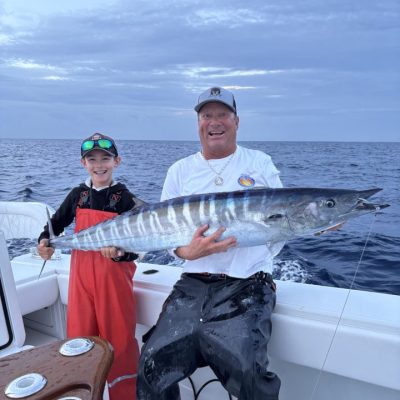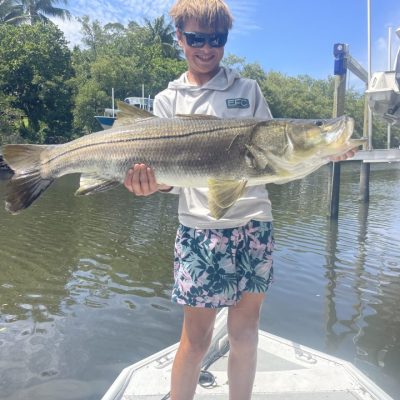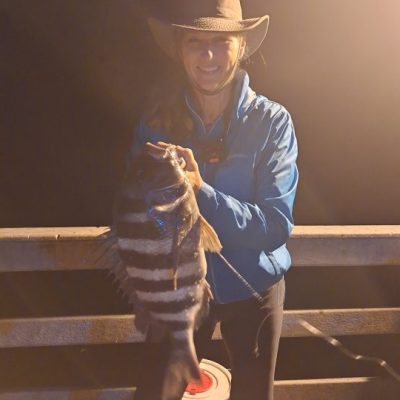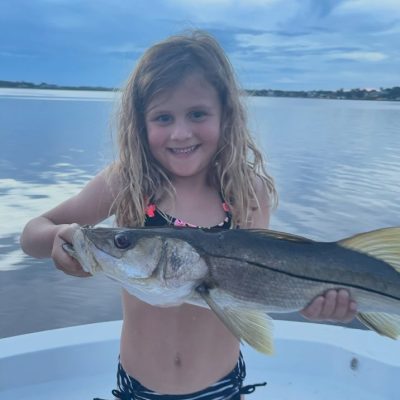Conservation
Environmental and waterway news.
Latest in Conservation

St. Lucie County Pond Recently Stocked with Bluegill and Redear Sunfish
The Florida Fish and Wildlife Conservation commission (FWC), in partnership with the Treasure Coast Research and Development Authority, recently stocked 3,500 bluegill and redear sunfish into the 7-acre pond at the St. Lucie County Treasure Coast Research Park.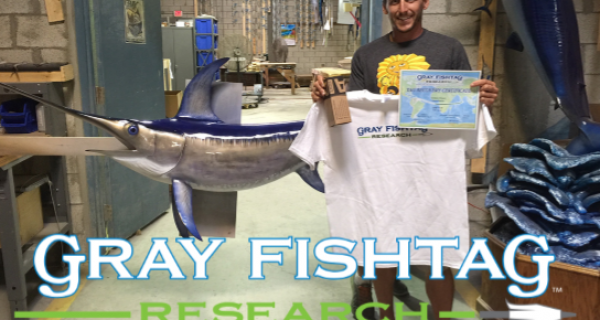
Gray FishTag Research Growing in More Than Costa Rica
The very successful 2015 fishing season is coming to an end and Gray FishTag Research is gearing up for yet …UPDATE: St. Lucie County Artificial Reef Program
Another year of artificial reefing in St. Lucie County is winding down. This summer’s construction activity resulted in another 1,500-ton secondary concrete reef being deployed 400 feet west of the 1,500-ton reef deployed in 2014.
FWC Update: November 2015
A quick review of Permit, Florida Pompano and African Pompano Regulations
Artificial Bahama-style Coral Heads Placed off Jupiter Inlet
A “Bahamian coral head” designed artificial reef has taken shape just off the Jupiter coastline.

